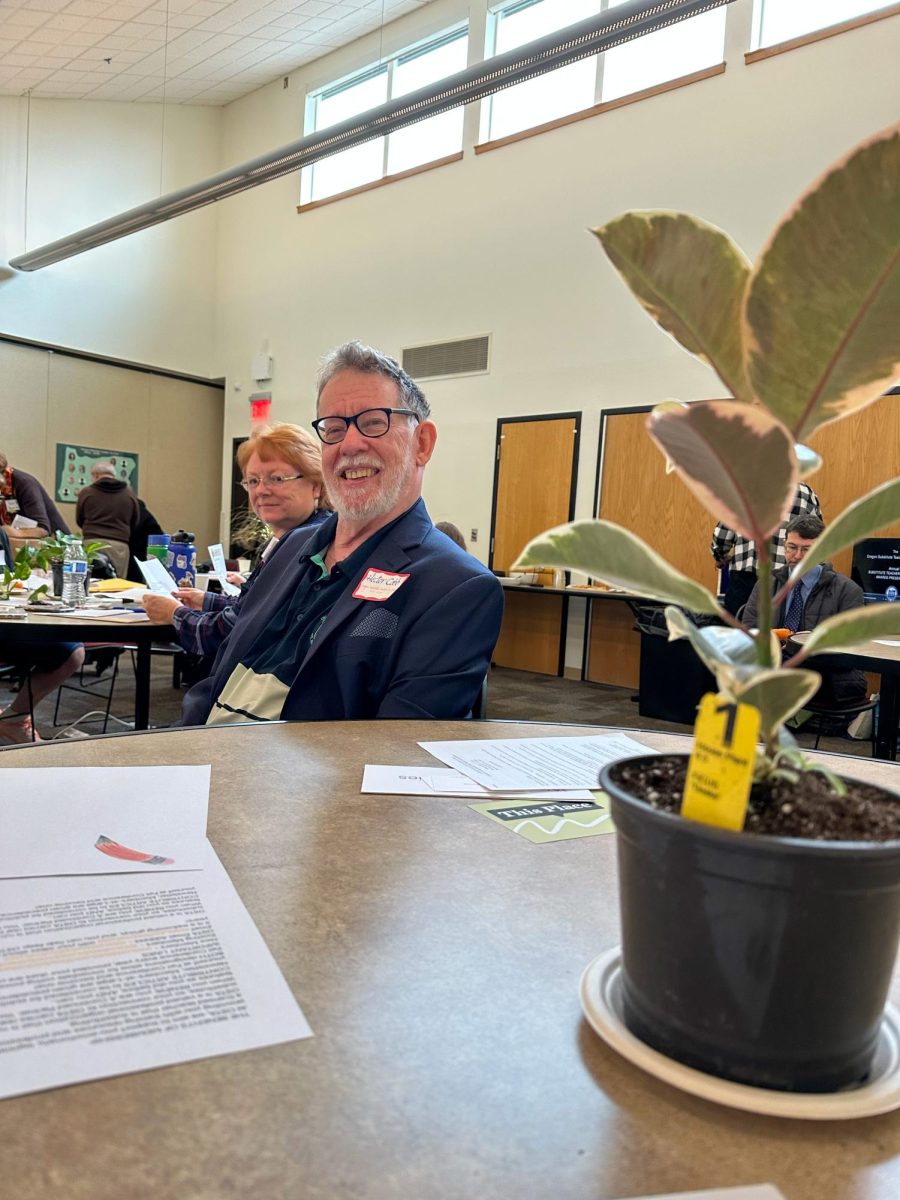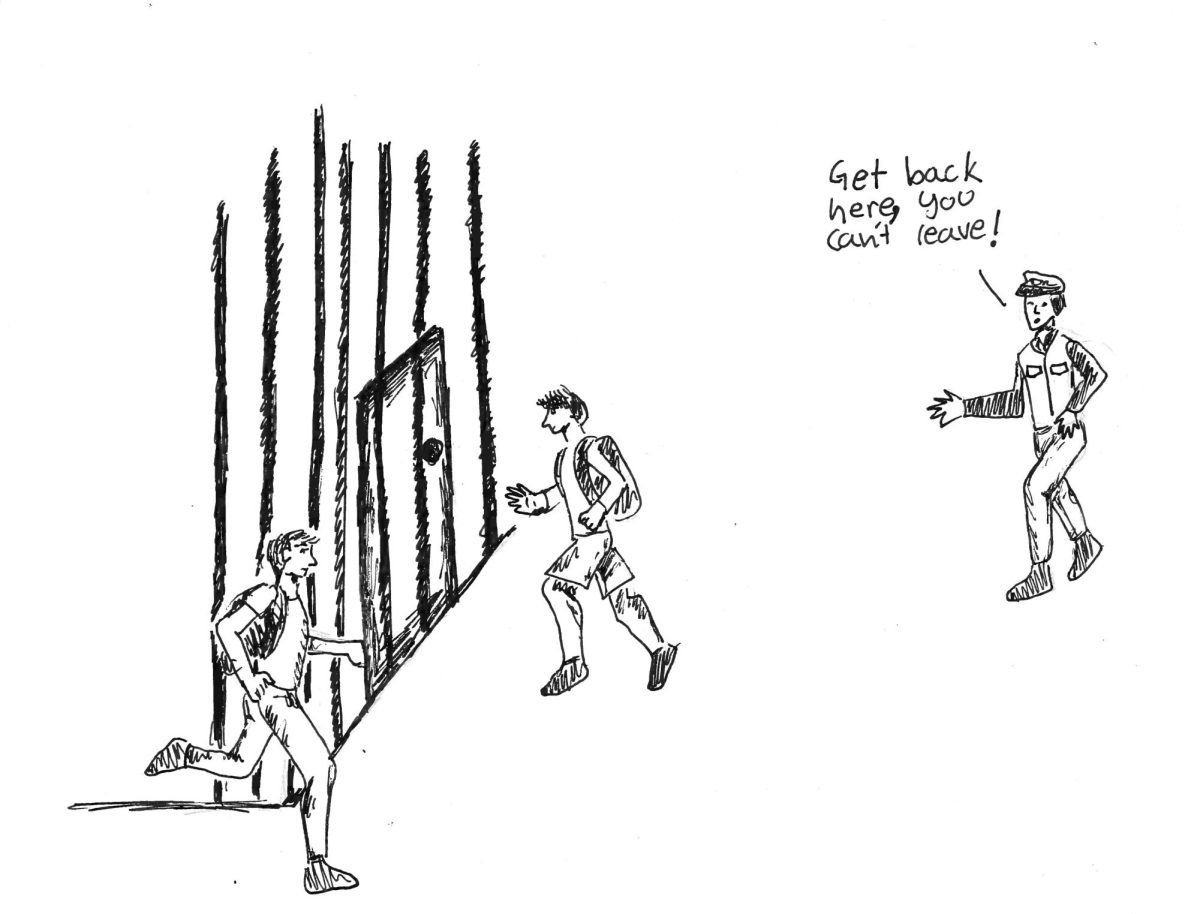Cleveland soil tests turn up alarmingly high
March 8, 2016
The Oregon Health Authority and the Department of Environmental Quality knew for a month that a soil test at Cleveland contained alarmingly high levels of arsenic and lead contamination. However, instead of informing Portland Public Schools, they kept it a secret and PPS found out through the Oregonian.
The sample drawn from Cleveland soil tested 36 times higher than the state’s safety level for arsenic, and 11 times the level for lead. While the numbers are shocking, soil sample specialists cautioned against drawing conclusions from a single soil sample. But the numbers are still high. Brent Jorgensen, an environmental consultant from Tualatin, said that numbers were “alarmingly high” and should have guaranteed a quick response and investigation.
The soil sample from Cleveland was the only sample in the area to test so high, under the tests conducted by the Forest Service. Records show that on Jan. 25, Sarah Jovan, a scientist with the Forest Service, sent a spreadsheet with the results of the tests to the DEQ and OHA. When asked why the data wasn’t released to Portland Public Schools, the Forest Service said they had complied with protocol by informing state agencies.
Cleveland has had its football field tested, with no alarming results. This may be due to the fact that turf is made of artificial material and may not absorb chemicals in the same way that soil does. Since the news broke, Portland Public Schools has asked the state for more money to pay for additional tests to be conducted at Cleveland and other schools in the area.
Interestingly, the contaminated soil samples are not the first, nor will they be the last, in a series of events and complaints that all trace back to Bullseye Glass. The first complaint was filed in 1984, after DEQ inspector Richard Wixom saw a suspicious plume of smoke over Bullseye Glass. From there, the last 32 years have been filled with complaints ranging from unsafe chemical emissions, to falling ash and glass, and mysterious smells emanating from the warehouse. Most complaints have been addressed, but the problems still continue.
Breaking news from March 3 shows that seven people from Southeast Portland have filed a class-action lawsuit against Bullseye Glass. The case has been filed in the Multnomah County Circuit Court. The case seeks damages due to negligent and reckless behavior, despite the fact that Bullseye Glass operates according to state safety guidelines. The demands have not officially been stated, but will emerge as the case progresses. While it looks like Bullseye Glass is being held accountable, what will be done about the withholding of data by state agencies, entrusted with the safety of the population?














